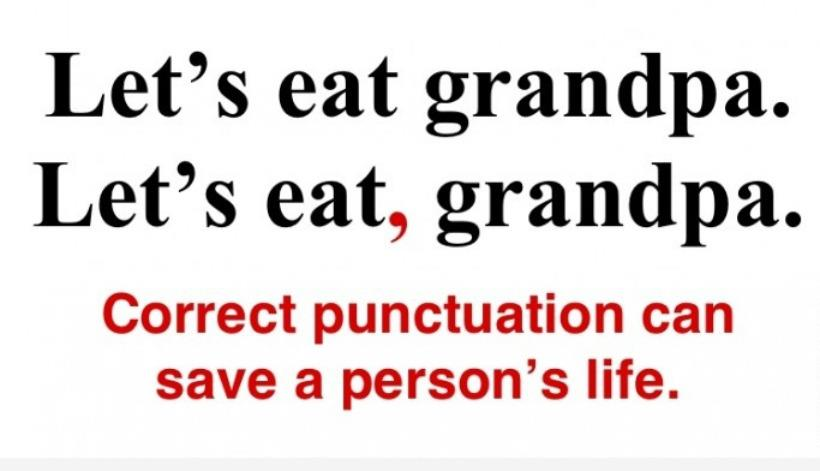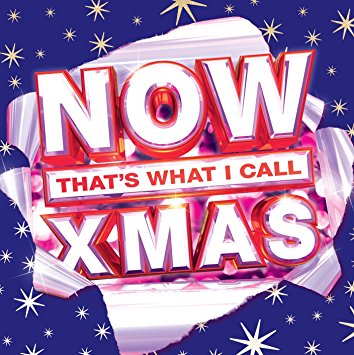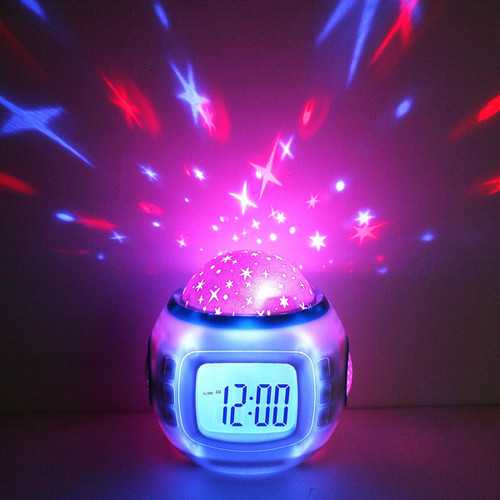
 Note: this is part three of a three-part series on comma use. Be sure to check out these posts as well:
Note: this is part three of a three-part series on comma use. Be sure to check out these posts as well:
5 Surprising Places You Need a Comma
3 Surprising Places You Don’t Need a Comma
My last two blog posts on commas were all about the official rules of where you do or do not place a comma. But not all comma rules are written in stone; this time, let’s take a look at the situations in which comma use is entirely up to you.
1. Before the last item in a series. When you’re listing three or more items, you can choose whether or not to use a comma before the final item in the series:
Red, white, and blue or red, white and blue
Word nerds often have very passionate opinions about this comma, which is called the serial comma or Oxford comma. For example, you can buy this t-shirt—
—even though Thomas Jefferson did not use a serial comma when he wrote about “Life, Liberty and the pursuit of Happiness”:
People who use the AP Stylebook argue that the serial comma is not necessary because the and signals that the last item of the series is coming up. People who follow The Chicago Manual of Style or the MLA Style Manual say that it is necessary, pointing out that omitting the final comma can result in comical misreading:
And then non-serial-comma-users will point out that the sentence could easily be rearranged so it doesn’t imply that Washington and Lincoln were rhinoceri. The argument goes on forever.
As I always say about matters of style, the most important thing is consistency. Either always use an Oxford comma or never use one.
2. After a brief introductory word or phrase. If you have just a word or a few words introducing your sentence, you can choose whether or not to use a comma before the rest of the sentence.
On a whim, we decided to spend the weekend in Vegas.
In retrospect, it would have been easier to take a taxi.
Later, we’ll look back on this and laugh.
or
On a whim we decided to spend the weekend in Vegas.
In retrospect it would have been easier to take a taxi.
Later we’ll look back on this and laugh.
You get to decide when you want to use a comma with short introductory phrases. But if you are going to leave out the comma, make sure that doing so won’t cause misreading.
X Before eating the family always said grace.
✓ Before eating, the family always said grace.
With a longer introductory phrase, you should always use a comma to prevent confusion.
Come to think of it, I’m not sure that I ever have seen a baby squirrel.
And on top of everything else, I came down with the flu.
There’s no real consensus about the exact number of words an introductory phrase needs to have before it requires a comma; most websites recommend somewhere between three and five, but none of the major style guides addresses it directly. I always use a comma after four words, but I picked that number arbitrarily. You can set your own rule.
3. With the word too. When using too to mean in addition, you can just put it in the sentence, or you can set it off with a comma (or a pair of commas if it’s mid-sentence).
I, too, wish summer could last forever.
“I’ll get you, my pretty, and your little dog, too.”
or
I too wish summer could last forever.
“I’ll get you, my pretty, and your little dog too.”
Using a comma with too creates a pause around the word, giving it more emphasis. Read your sentence aloud, and if you naturally pause at too, add a comma (or commas). If it flows as part of the sentence, leave it be.
I hope this series on comma use has helped clarify when you should or should not use a comma, and when you can choose for yourself. If you have any questions about commas, please ; as these posts prove, I’m always happy to talk about comma use.





